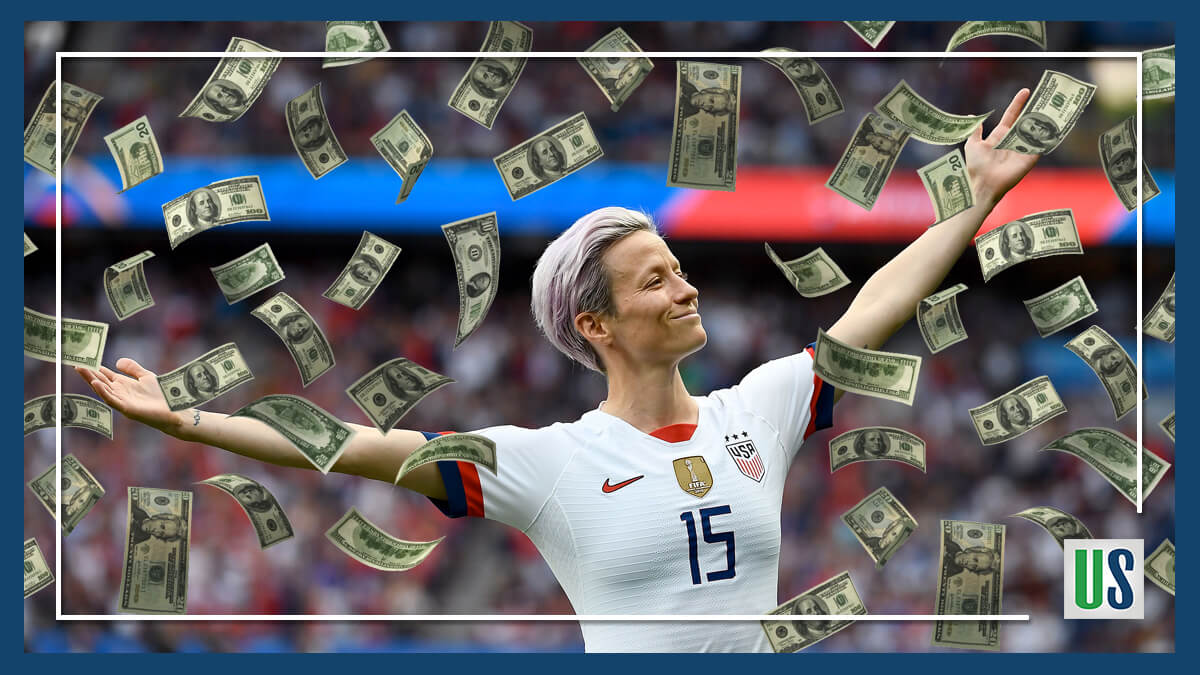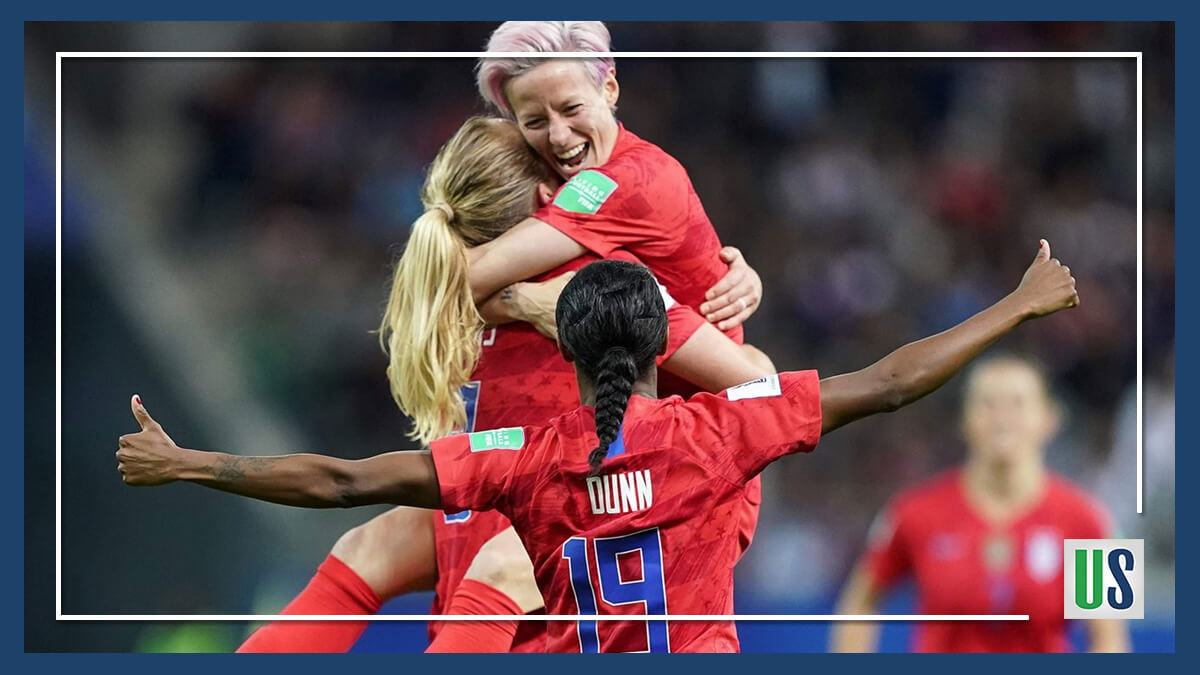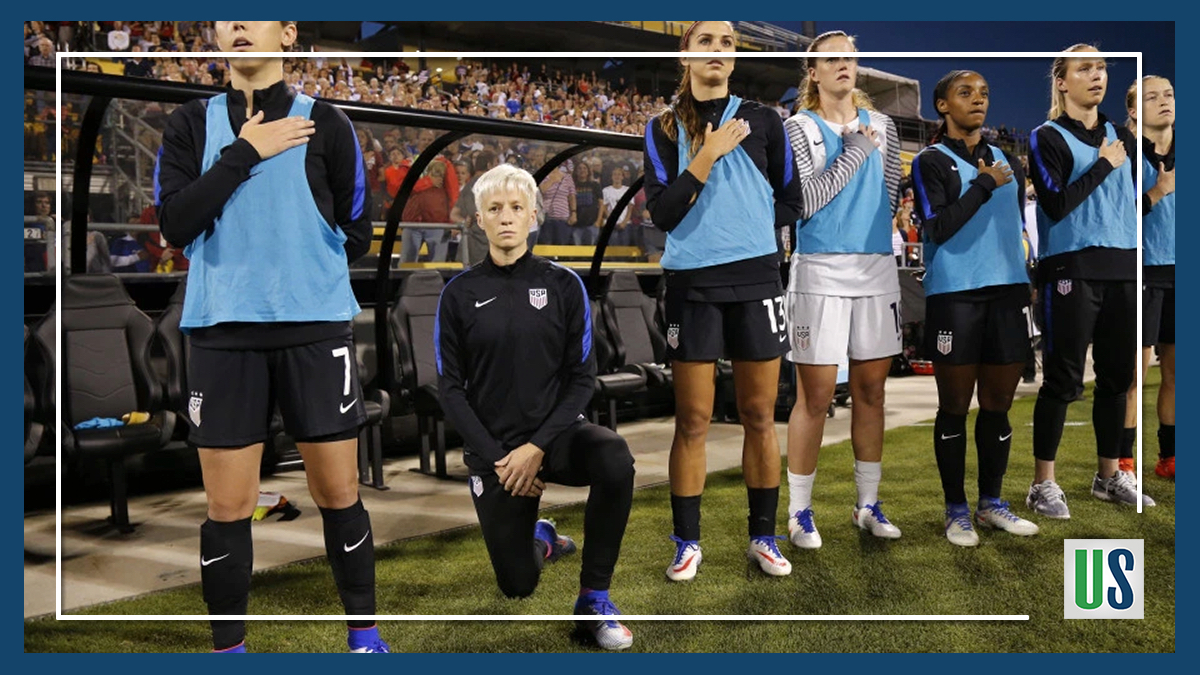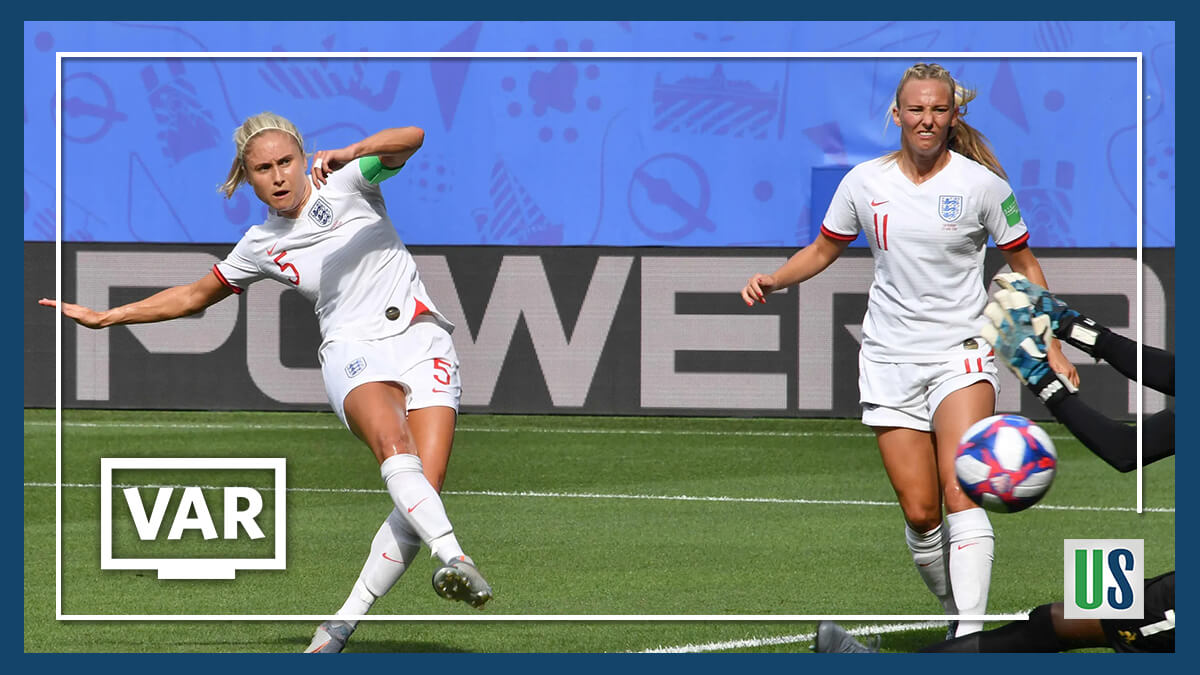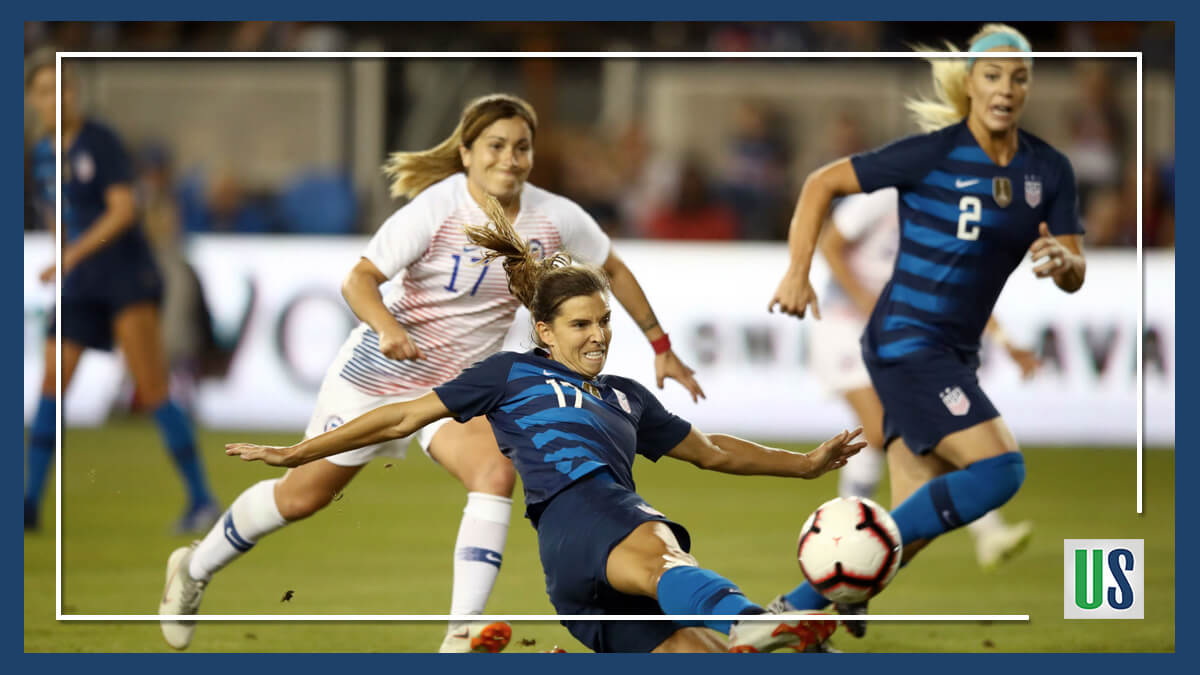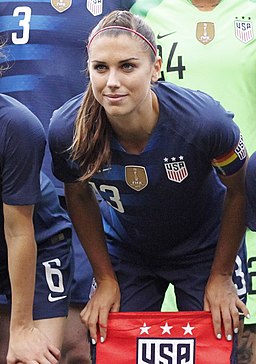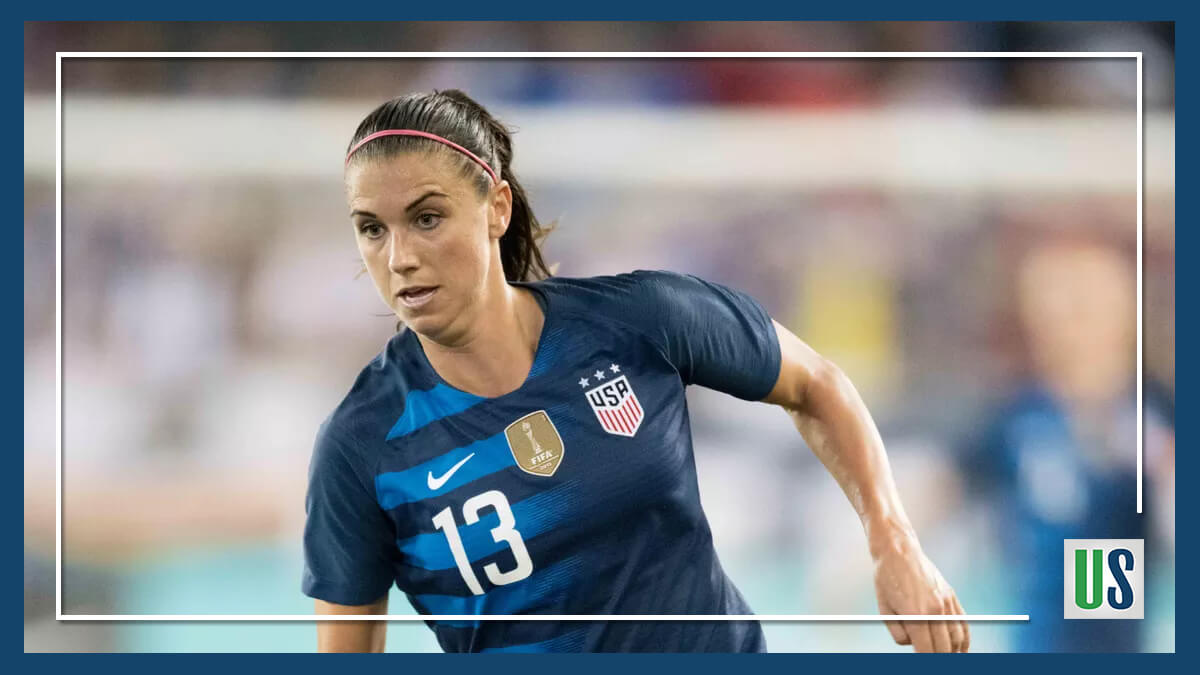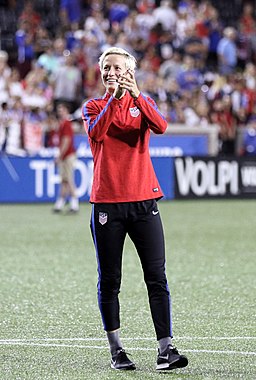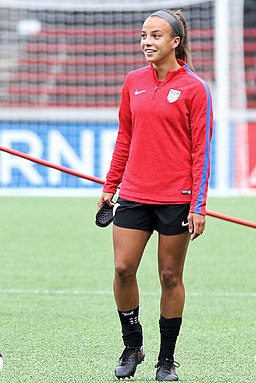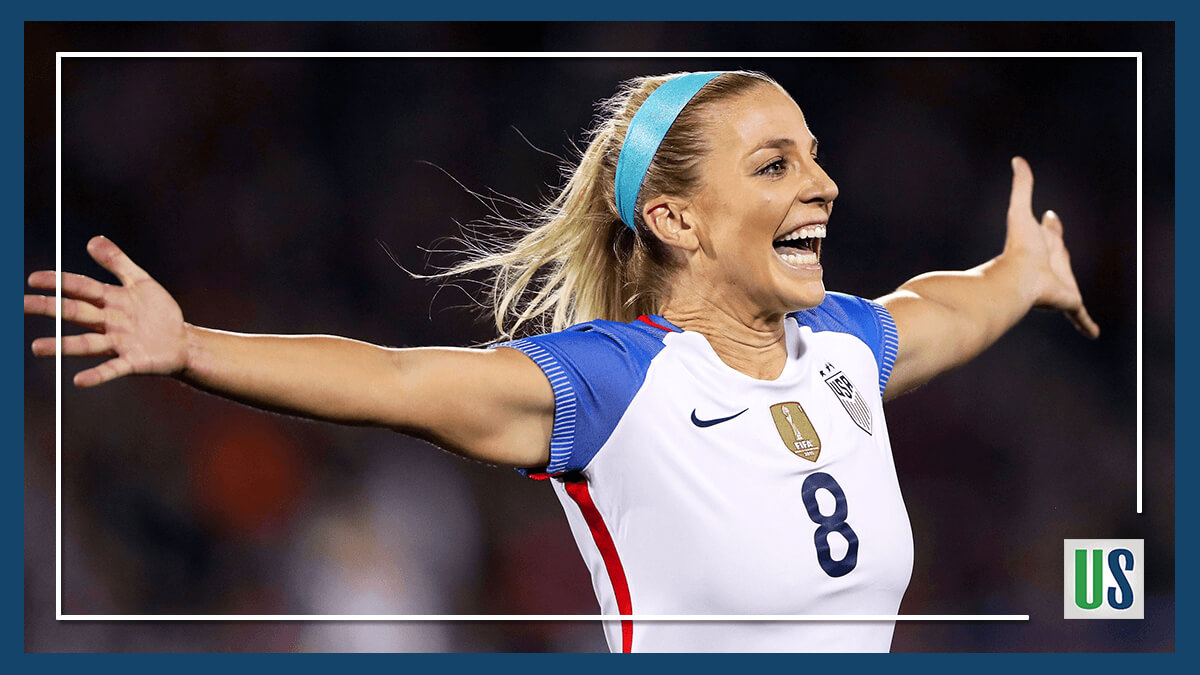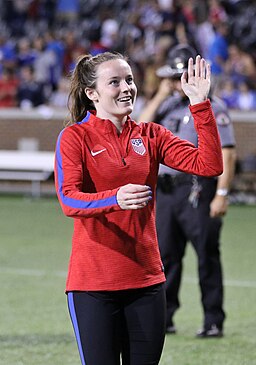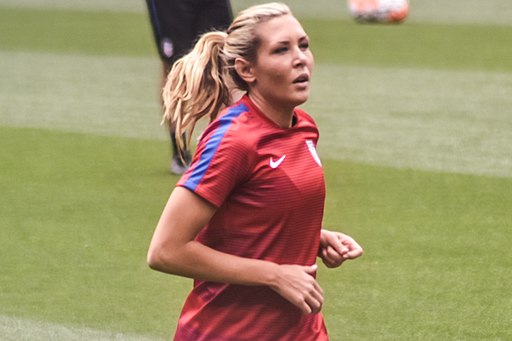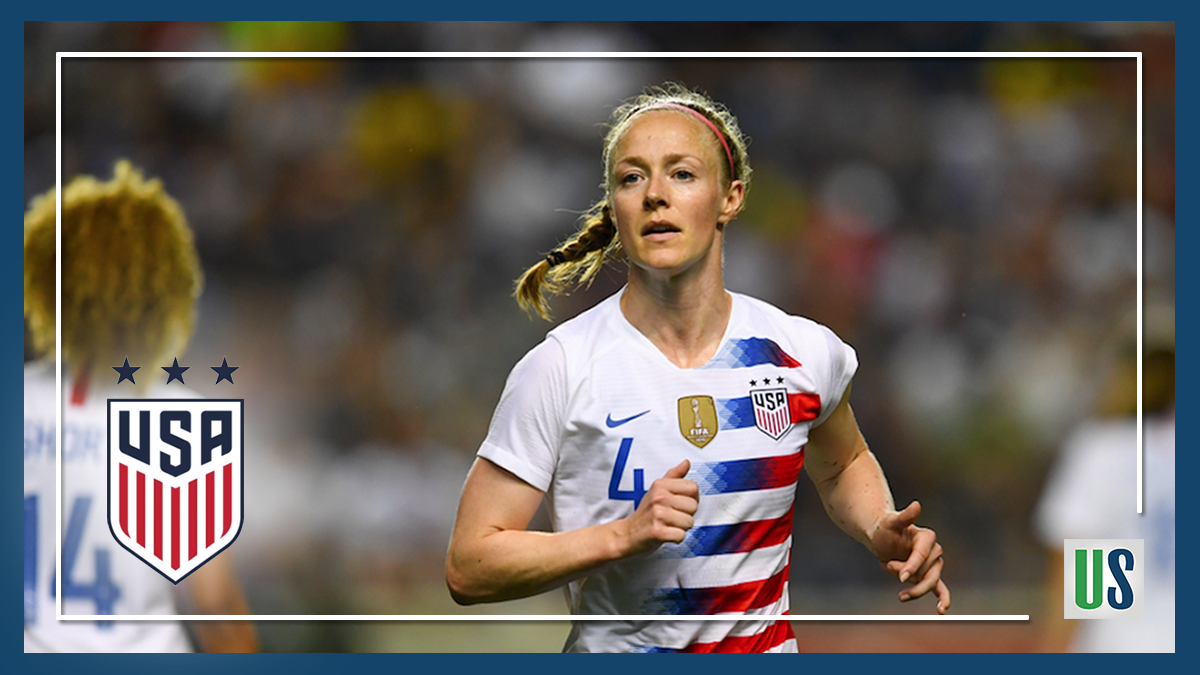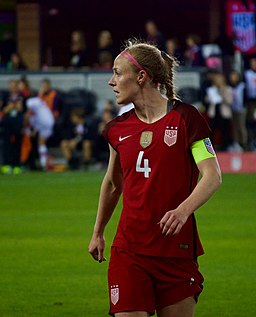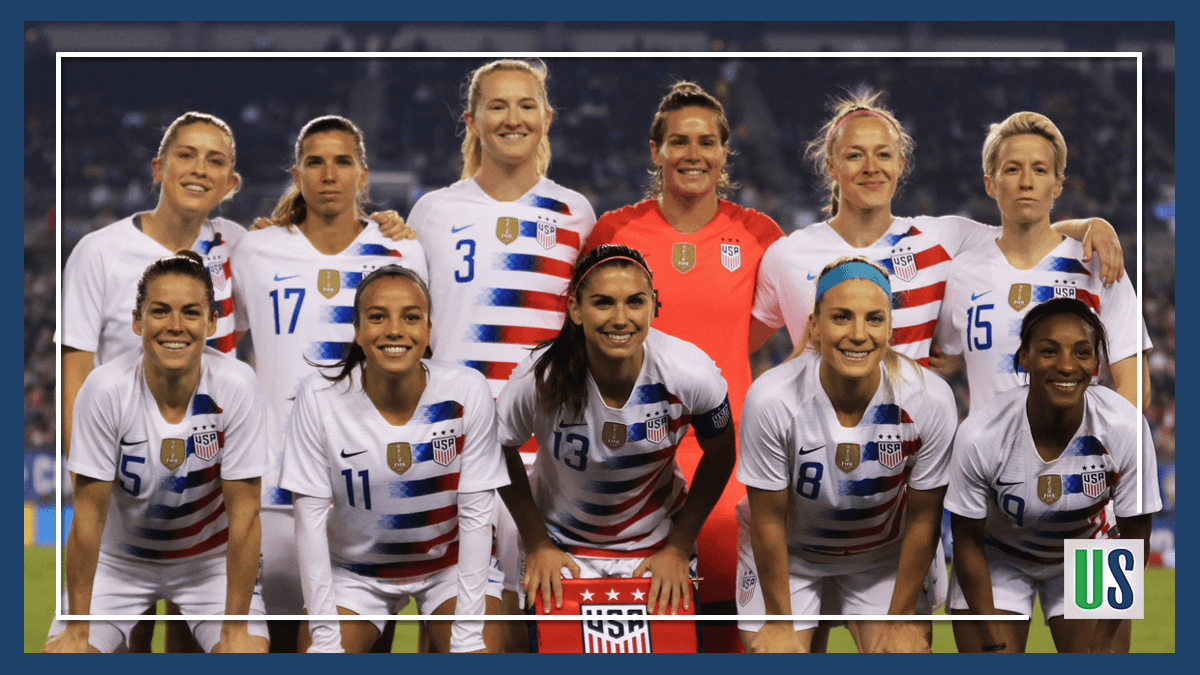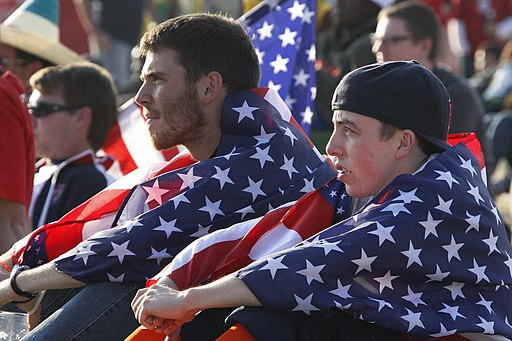Clay Travis Thinks the USWNT Makes More than USMNT
When the opening lines of an article about a compelling topic use the words “victims”, “facts”, “feelings” and “the good fight”, it falls flat. This is exactly what sparked the discussion about the USWNT and USMNT pay.
I know we live in an era when everyone wants to be a victim and facts don’t matter, but notwithstanding this sad trend I continue to fight the good fight and bring you facts instead of feelings.
Clay Travis, OKTC
I know, I know, it’s sexist of me to actually share facts that contradict a victimization narrative in 2019. How dare I?
Clay Travis, OKTC
Good lord, the men are getting screwed here.
Clay Travis, OKTC
Now, aside from some cringe-worthy quotes, Clay Travis actually believes that there is a pay gap in soccer. He does admit that things are unfair. But, Travis believes that it is unfair to the men. He thinks that the USWNT makes more than the USMNT. Additionally, Travis claims that the US Women earn more money without producing as much revenue.
Now, it’s tough to blame Clay Travis when he got all of his “facts” from US Soccer.
Now these are, importantly, all the funds provided by US soccer.
Clay Travis, OKTC
As seen above, Travis got all of his facts from a single source. One source. And on top of that, all of it came from US Soccer. That is baffling. Especially for a journalist. Everyone, no matter whether they are a journalist, lawyer or regular Joe/Jane, should learn from this. It is necessary to view facts and arguments from both sides of an argument. Ignoring the opposition in order to defend morality and non-sexism is ultimately how sexism continues to perpetuate society.
Remember, Facts are Complicated and Can Be Spun in Both Directions
Those arguing against paying women equally are quick to argue:
- Women earn a higher percentage of prize money than men in World Cups
- USWNT have benefits like health insurance, sick leave and 401k’s that men don’t
- US Soccer said that the women earned more, while producing less
- It’s all about revenue. Women’s sports don’t create as much revenue
- The women agreed to their collective bargaining agreement and should stop complaining
But, as noted in a previous Unafraid Show article, it’s much more complicated than that. A deeper dive is needed into the role of revenue, sponsors, and pay.
“That’s something never really analyzed.” “What is the potential value of the Women’s World Cup? Nobody knows the Women’s World Cup commercial value because it’s not sold separately. This is something that should at least be discussed.”Tatiana Haenni, former FIFA head of women’s soccer
Tatiana Haenni, former FIFA head of women’s soccer
The former head of FIFA women’s soccer says that the financials are not clearly separated. So, because of this FIFA revenue isn’t black and white. More financials are needed, but they’re not readily available to the public.
Facts from US Soccer’s Carlos Cordeiro
In addition, the numbers provided by US Soccer’s President Carlos Cordeiro and cited by Clay Travis are strictly from 2010-2018. Why not give a larger or smaller data set? Why these years? Perhaps to fit a narrative.
Cordeiro states that the USWNT made more than the USMNT from 2010 to 2018. In particular, they said that the USWNT earned $34.1 million in salaries and bonuses, which is nearly $8 million more than the men’s $26.4 million. He continued by arguing that the USWNT only produced $101.3 million, compared to the USMNT’s $185.7 million. Is this a true fact? Well, yes and no.
Differences in Pay Structures and Performance
First off, this calculation includes NWSL salaries. Currently, US Soccer pays for club salaries of USWNT players. Unlike their counterparts, male players are strictly on a “pay-for-play” structure. While the USWNT argues that this should not be counted, it is definitely an inclusion by those against them. Additionally, these numbers ignore how dominant the women have been.
From 2010 to 2018, here are their compared numbers:
- USWNT: 190 games, 151 wins, 18 losses, 21 draws, 79-percent win rate
- USMNT: 151 games, 77 wins, 44 losses, 30 draws, 51-percent win rate
This also ignores the fact that the men MISSED out on the 2018 World Cup. That alone would have raised their pay significantly. So, the USWNT make more than the USWMT? Kind of. Yes, according to the US Soccer figures, they made more than the men from 2010 to 2018. But, they also played more games and earned more bonuses from wins. The USWNT played in 13 World Cup matches during that time, winning 12 and drawing 1. Contrastly, the men played in 8, winning two, losing three and drawing three. So, of course, they should have made more. However, they shouldn’t have to be the best team in the world for a decade just to edge out a middling-national team (USMNT).
Remain Skeptical
Also, remember these numbers are also handpicked by US Soccer and President Cordeiro. Why 2010 to 2018? What about 2014 to July of 2019? Why not include the USWNT’s back to back World Cup cycles? When looking at the three years following the 2015 World Cup win, the women’s team produced a net of $27,544,953, compared to $3,130,980. Additionally, recall that the USWNT broke a flurry of records and proved themselves in both viewership and revenue. Since the 2015 World Cup win, the USWNT is producing more total revenue than the USMNT. Their home kit also became Nike’s best online-selling jersey in a single season. On top of that, according to Fanatics, the 2019 women’s team is the top-selling national soccer team, men or women. With all that said, it appears that Corderio’s numbers are hand-picked.
Remember, heavy skepticism should be placed in lawsuit facts and figures.
Apples to Apples
Also, all of these numbers ignore the simplest ones. When games are compared apples to apples, the men make drastically more than the women. Comparing the two structures as-is is not the point because of the different pay structures. The USWNT has a base salary, while the men are paid for matches and performance.
“The USSF fact sheet is not a ‘clarification.’ It is a ruse. Here is what they cannot deny. For every game a man plays on the MNT he makes a higher base salary payment than a woman on the WNT. For every comparable win or tie, his bonus is higher. That is the very definition of gender discrimination. For the USSF to believe otherwise, is disheartening but it only increases our determination to obtain true equal pay.”
Molly Levinson, USWNT Spokeswoman
Because of the differences in their pay structures, it’s difficult to clearly assess. Of note, the USWNT are vying for equal pay structures. Men earn considerably higher roster and game bonuses when compared to women. Do the USWNT make more than the USMNT on a per-game basis? No, and that’s what they want. They desire a CBA that is consistent with the men.
Do the women get different benefits that the men don’t. Yes. And that can’t be ignored either. Unlike the men, the USWNT earn year-long salaries and have their club (NWSL) salaries paid by US Soccer. This is true. They also receive health benefits that the USMNT does not. And, if the US Soccer reports are true, the USWNT make more than the USMNT on a macro scale. All of these need to be considered when weighing the arguments of equal pay.
USWNT Had to Be the Best to Out-Earn USMNT
However, it is very important to remember that the USWNT was (and still is) the best women’s national team in the world for the better part of a decade. Out-earning the men is most likely due to wins and bonus money. For goodness sake, from 2010-2018, the USWNT won match after match and lifted trophy after trophy:
- World Cup Champions: 2015
- World Cup Runner-Up: 2011
- Olympic Games Gold: 2012
- CONCACAF Championship and Gold Cup Champions: 2014, 2018
- CONCACAF Championship and Gold Cup: 2010
- CONCACAF Women’s Olympic Qualifying Tournament Champions: 2012, 2016
- Algarve Cup Champions: 2010, 2011, 2013, 2015
- Four Nations Tournament Champions: 2011
- SheBelieves Cup Champions: 2016, 2018
- Tournament of Nations Champions: 2018
Unlike the USMNT from 2010 to 2018, the women were incredible. With their 2019 World Cup repeat, they continue to display excellence. So, it would make sense that the best team in the world for a decade would out-earn their middling cousin. They earned bonuses and prize money that the men couldn’t. Again, that is all on a macro scale, displayed only through the sample-set of data given by US Soccer.
Equal Investment and Equal Care for USWNT and USMNT
But, as Megan Rapinoe stated, it’s about more than just looking at compensation.
In a broad sense, it’s about equal investment and equal care of both the men’s and women’s sides. Whether it’s youth team programs, marketing, the branding of the team, how they sell tickets, what they spend advertising money on, what they pay each side, what they spend on support staff, what they spend on coaching, what’s the travel budget — it’s all of that. The compensation is sort of the last big part.
Megan Rapinoe
That’s what the USWNT want. Equal pay doesn’t mean that the women can out-earn the men IF they are the number-one team in the world for a decade. Instead, equal pay would mean that the women and men would have the same structure in addition to, as Rapinoe states, equal care and investment.
As this lawsuit continues to develop and as more information comes out, remember to skeptically view the facts and figures from both sides.

